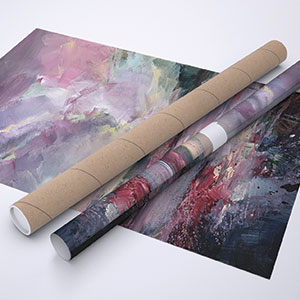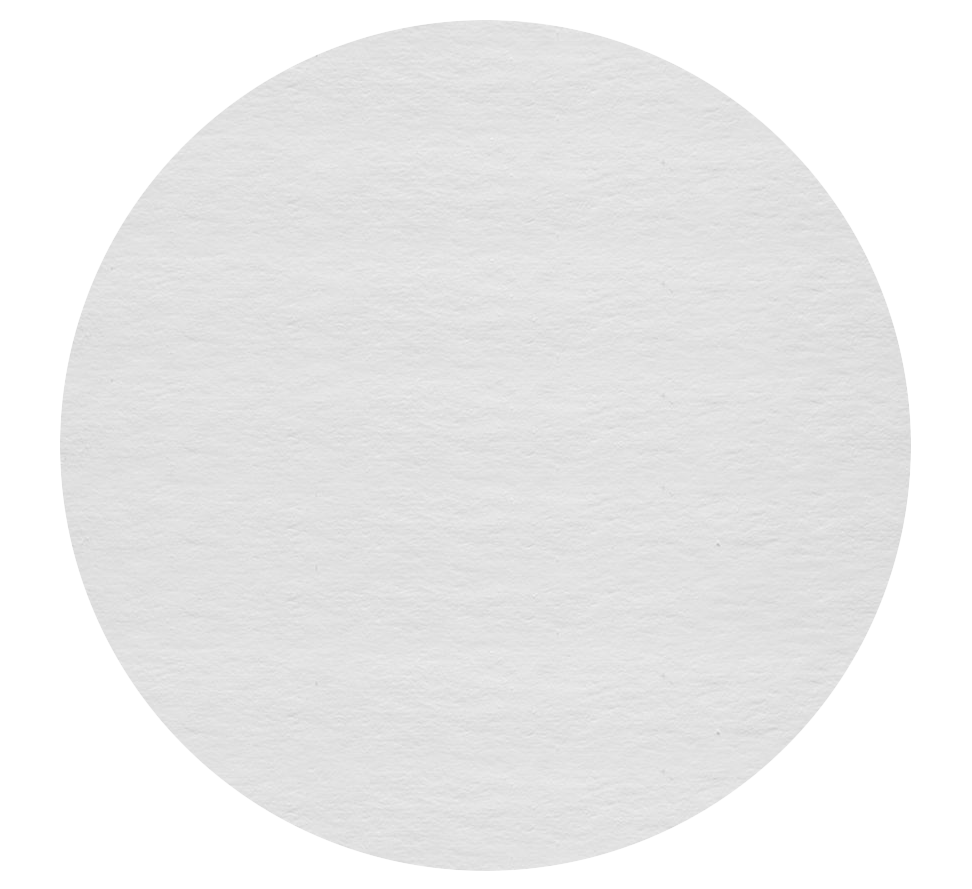"Fine-Arts" prints on paper
It is a process of printing on art paper using very high-quality pigment inks and printed in very high definition. Its level of conservation is exceptional (more than 100 years), its quality, depth, and richness of nuances exceeds the classic photo print on Argentic paper.

Glossy finish
Apart from its exceptional thickness, the fiber paper is composed of an alpha-cellulose base without acid and it is covered with barium sulphate, and a microporous layer absorption enhancing pigments during printing. A pure white color, non-yellowing to light, this paper is especially designed for resistance and aging. It is used by major museums worldwide as it offers excellent resolution, rendering deep and dense colors.
Art Print "Fine Art" - Glossy finish on a fiber base paper 325 g.

Our high end prints and reproductions
ArtMajeur only uses natural papers with neutral pH, resistant, and of high quality, selected from renowned papermakers!
Constant attention is paid by our master printer, whether in terms of color control or respect for the graphic chain. Our high level of quality requirement is a major asset of ArtMajeur framed art prints.
For Artists! You help artists to live from their work. They receive royalties everytime you buy their prints.
About our fine prints-
Original Artwork
Painting,
Oil
on Canvas
- Dimensions Height 18.7in, Width 14.6in
- Framing This artwork is not framed
- Categories Classicism History
Related themes
Carl Gustav Carus was a German physiologist and painter born in Leipzig on January 3, 1789, who also played an important role in the Romantic era. He died on July 28, 1869. He was a physician, naturalist, scientist, psychologist, and landscape painter who had studied under Caspar David Friedrich; he was also a friend of the writer Johann Wolfgang von Goethe.
Two doctorates, in medicine and philosophy, were conferred upon him in 1811. In 1814, he was given the position of head of the maternity clinic and professor of obstetrics at Dresden's medical school. He theorized about art in his writings. He apprenticed with Dresden landscape painter Caspar David Friedrich from 1814 to 1817, during which time he taught himself oil painting. Later, he attended the Oeser drawing academy and took classes from Julius Schnorr von Carolsfeld.
In Dresden, Carus passed away. He was laid to rest in Trinitatis Cemetery, located east of the city center. The grave can be found against the southern wall in the far south-western corner.
-
Nationality:
GERMANY

- Date of birth : unknown date
- Artistic domains: Represented by a Gallery,
- Groups: Contemporary German Artists Artists presented by a gallery









